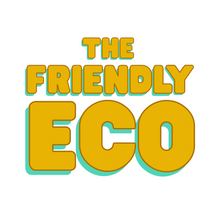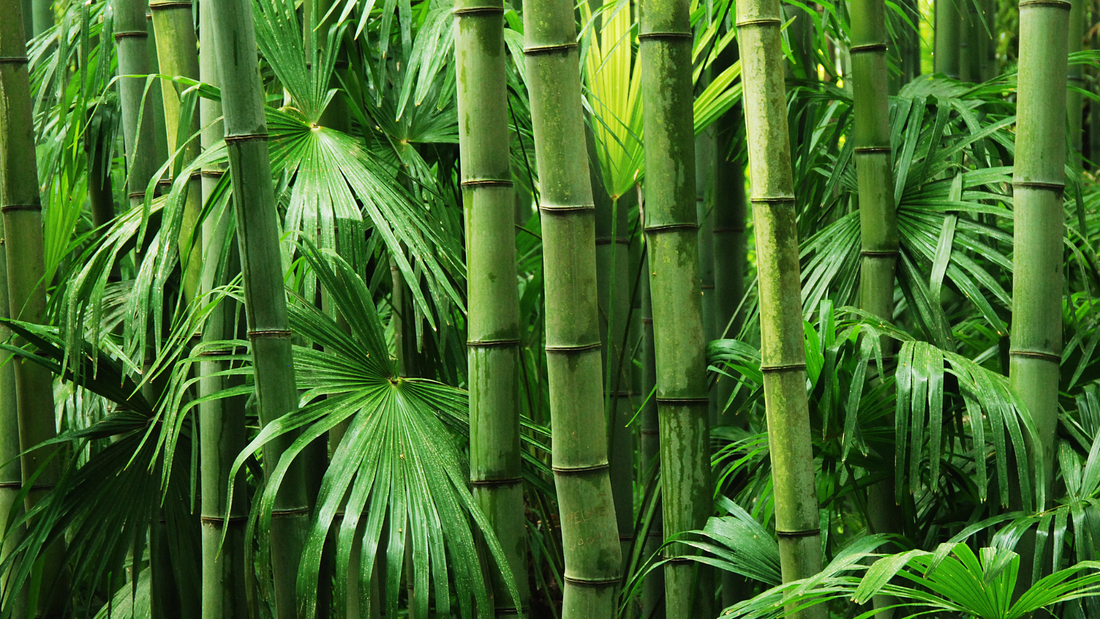If you're someone who cares about sustainably sourced materials, the chances are you will have noticed the recent trend of brands enthusiastically switching out harmful, non-biodegradable materials in their products for bamboo. Everyone from Walmart to Kimberly Clark are getting in on the trend, keen to flash their green credentials as they do so. Bamboo is being presented as a miracle material - an affordable, easy to produce, eco-friendly alternative with a surprisingly wide range of applications. But is any of this true? Is bamboo really as good for the environment as it is hyped up to be?
Big Demand, Big Supply
The appeal of bamboo comes from how easy it is to produce. Famously fast to grow, requiring little maintenance or water, and, depending on the species, growable just about anywhere, Bamboo can be sourced cheaply and quickly in very large quantities. Growing Bamboo in large quantities can be beneficial to the environment; Bamboo produces as much as 35% more oxygen than regular trees annually, and likewise can absorb a massive 12 tonnes of CO2 per hectare every year!
Growing Bamboo can also be hugely beneficial for improving the quality of the soil it is grown in. Bamboo does not need to be replanted - growing back from it's own leftover roots. This allows the soil beneath it to remain undisturbed, upholding the soil structure and allowing the soil microenvironments to continue to thrive.
Unfortunately, it's not all good news. While the process of growing Bamboo may be extremely beneficial to the environment, due to increased demand, in some cases, huge areas of natural woodland have been cleared to make way for Bamboo plantations. This both endangers resident animal species, and reduces the biodiversity of the local environment, by replacing a wide range of naturally growing species, with a monoculture.
After the harvest
As of the time of writing (November 2021), almost the entirety of commercial Bamboo production takes place in China, even despite the possibility of growing the plant almost anywhere. This naturally means that almost all Bamboo products have to be shipped across the world in order to reach western markets - considerably increasing the industry's carbon footprint.
Then comes the issue of chemical treatment. 95% Bamboo on the market is a chemically treated product called Bamboo Viscose. To produce Viscose, Bamboo must be ground into a pulp and treated with chemicals, before being spun into a thread. The chemicals used in this process are damaging to both people and the environment, and even if utilised in a closed-loop production system, still produce toxic waste chemicals, that can be extremely harmful if not disposed of responsibly. This is possible to do, but there is little evidence to suggest that it is presently the norm.
Conclusion
Growing Bamboo can be extremely beneficial to the environment - Bamboo plants are naturally fantastic means of reducing CO2 levels, and improving soil quality. But the industrialisation of Bamboo production, and it's utilisation in products has a long way to go before it can truly claim to be as sustainable as it often appears to be. We as consumers have a big role to play here. By demanding more from producers and investigating their production processes, we can help to shine a light on environmentally damaging behaviours within the industry, and by refusing to reward greenwashing by avoiding products sold on empty promises, we can inspire change. Bamboo may be material of the future, but we must all fight to ensure it lives up to it's true potential.

